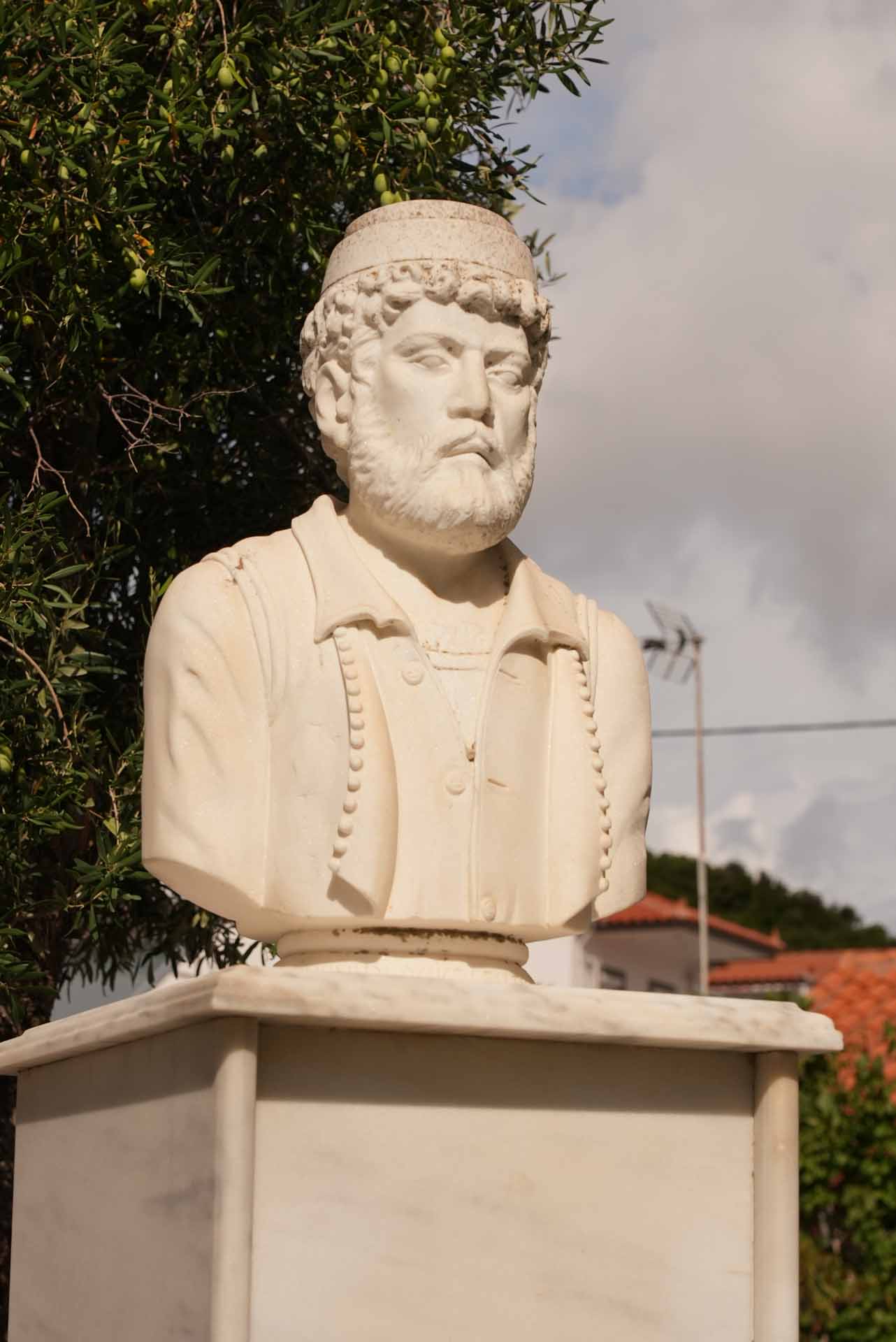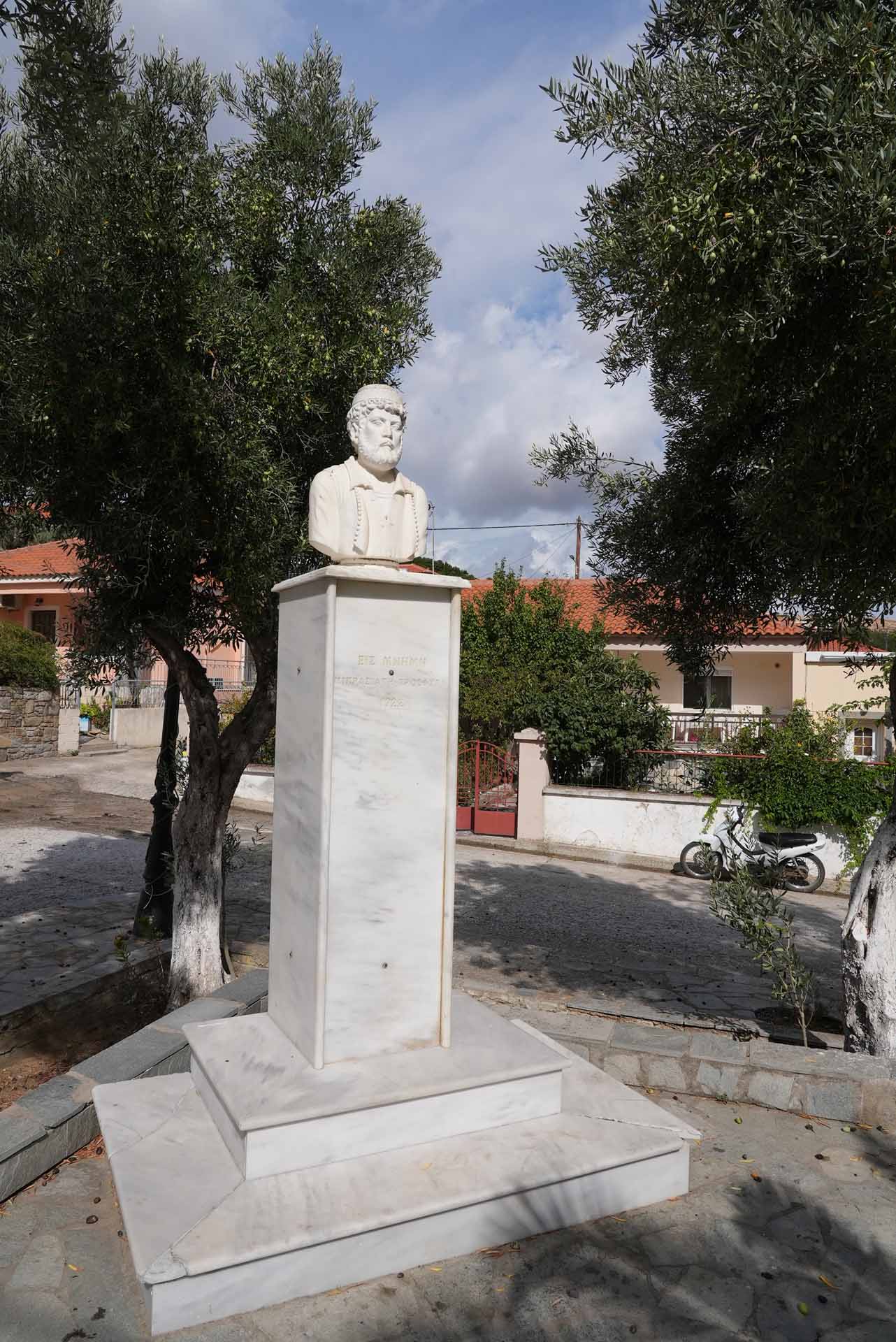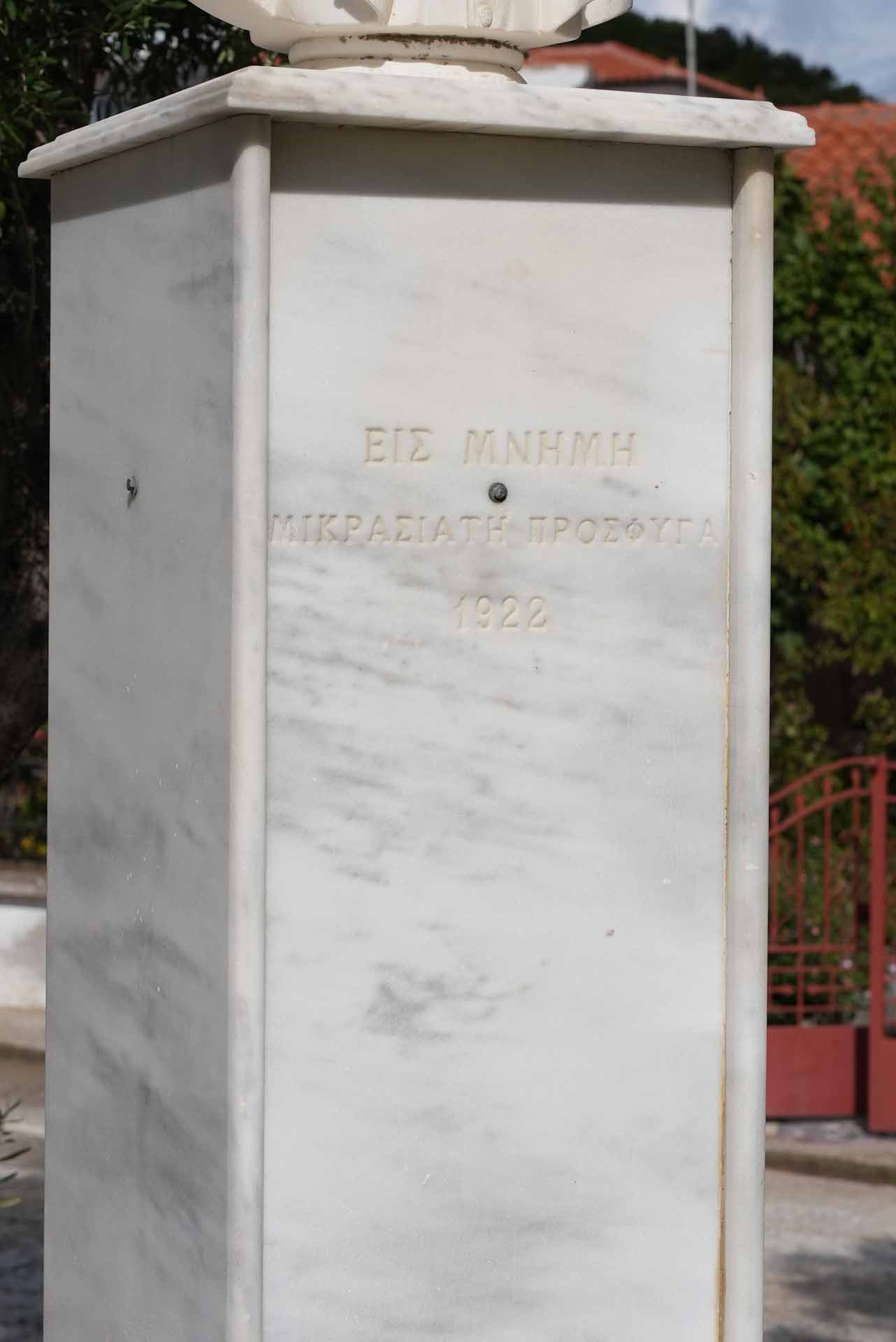In the village of Agios Dimitrios on Lemnos, where the traditions brought by its first settlers are still cherished, the Monument of the Asia Minor Refugee pays tribute to those who fled their ancestral homes. Due to its location, Lemnos became a critical bridge between the Asia Minor coast and mainland Greece during the expulsion of Orthodox Greeks after the Greco-Turkish War of 1922.
The first waves of migrants, however, had arrived nearly a decade earlier, as many Greeks fled Asia Minor after the outbreak of the First World War. Following the population exchange between Greece and Turkey in 1923, approximately 4,500 refugees arrived and settled on Lemnos, while many others moved on to other parts of Greece. A decade after their arrival, refugees accounted for roughly 18% of the island’s total population.
On Lemnos, refugee settlements sprang up both near established communities such as Myrina, Moudros, Atsiki, and Kondias, and as entirely new villages like Nea Koutali and Agios Dimitrios. Many refugees initially lived in shared communal homes, often for a fee, until they could build their own modest shelters or huts. In the early years, they organised themselves into associations to defend their rights and improve their living conditions.
As elsewhere in Greece, Lemnos struggled to integrate its new residents smoothly. For decades, refugee communities remained spatially and socially distinct from the “native” Lemnians, often facing prejudice and exclusion. Yet, the arrival of Asia Minor Greeks undeniably enriched the island, both culturally and economically. Sponge divers from Koutali, farmers who settled in Agios Dimitrios, seafarers, and artisans revitalised their trades and traditions, driven by the necessity to survive and rebuild their lives.








